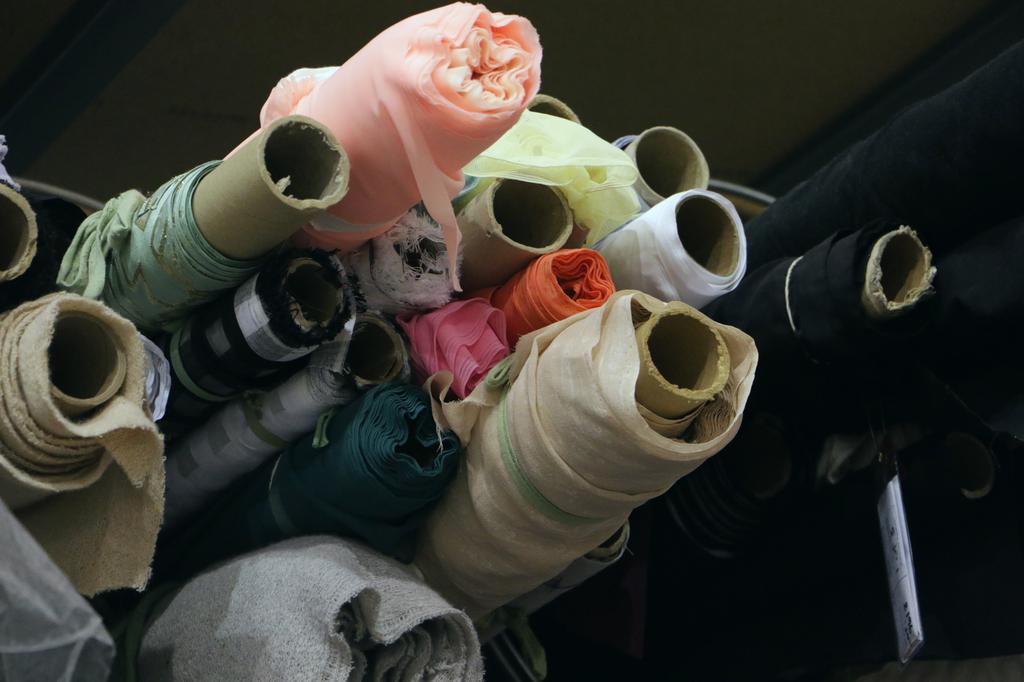I don’t mean to startle you, but we are already halfway through February.
We are surrounded by reds and pinks as we navigate the murky waters of Valentine’s Day. It’s never a bad idea to have a snazzy suit on-hand that’s sure to “wow” your special someone, be it on Valentine’s Day, your anniversary or an unexpected date night.
To make sure you look just right for your perfect night out, I’m going to teach you about picking the right fabric for your suit. If you know how to choose, you’ve won half the battle.
When buying off the rack, you don’t have much choice in the type of fabric — and often, the fabric is lower quality and less flattering. The best option for a perfect look is to order a custom suit. Buying custom suit allows for more choice in the fabric, which guarantees a better look.
There are two basic things to focus on when choosing a fabric: the weightand the type.
Weight
270g and under: Fabrics in this category are considered light. It works well for summer or spring or if you live in an ever-sunny place like California. It is also good for the transitional periods between seasons. The higher range of these fabrics (around 270g) are also good for mild temperatures that don’t have much variation.
271g to 300g: This is a heavier fabric for winter or milder temperatures. These suits tend to be more versatile and can be worn most seasons, in most regions. Although they may not be appropriate for temperatures above 90 degrees.
301g and above: This is the heaviest weight fabric we see in our customers and is best for fall or winter. This is a good option for someone who lives in a colder climate or as a winter suit for regions that experience the full range of seasons such as Chicago. It is often also often used for overcoats.
Type
Wool: This is the most common fabric for custom suits. The wool can be made of woollen or worsted yarn and can be made into multiple types of suits (flannel, tweed, gabardine, etc.). A cashmere wool suit is a familiar luxury option. It will make a suit that has more of a sheen.
Super wool: Ever wonder what super 100s, 120s, 140s, etc. are? Those are super wools. This means the worsted wool is spun more times when it is made. The higher the number, the more times it has been twisted, and the more it is twisted, the lighter weight it will be. A super wool suit is considered more luxurious, but its lighter weight makes it less durable. So super wool suits are generally worn less often and reserved for special occasions…like Valentine’s Day (hint, hint, wink, wink).
Linen: This is a super lightweight and breathable fabric. This would be the best for a summer suit or if you live perpetually warm climate. However, for a linen suit you may want to go with a bit of a heavier weight, as it will hold its shape better.
Seersucker: This is another lightweight summer fabric. The fabric is constructed in such a way that it appears slightly wrinkled and puckered. That texture is considered part of its charm, but it’s not for everyone. Seersucker suits always makes me think of British aristocrats playing croquet in the summertime. It moves well, but has a distinct look that people either love or hate.
With that, we conclude our 101 course on suit fabrics. If you’re looking for even more fashion knowledge, please reach out. I am always happy to chat with people about suits and men’s fashion.


